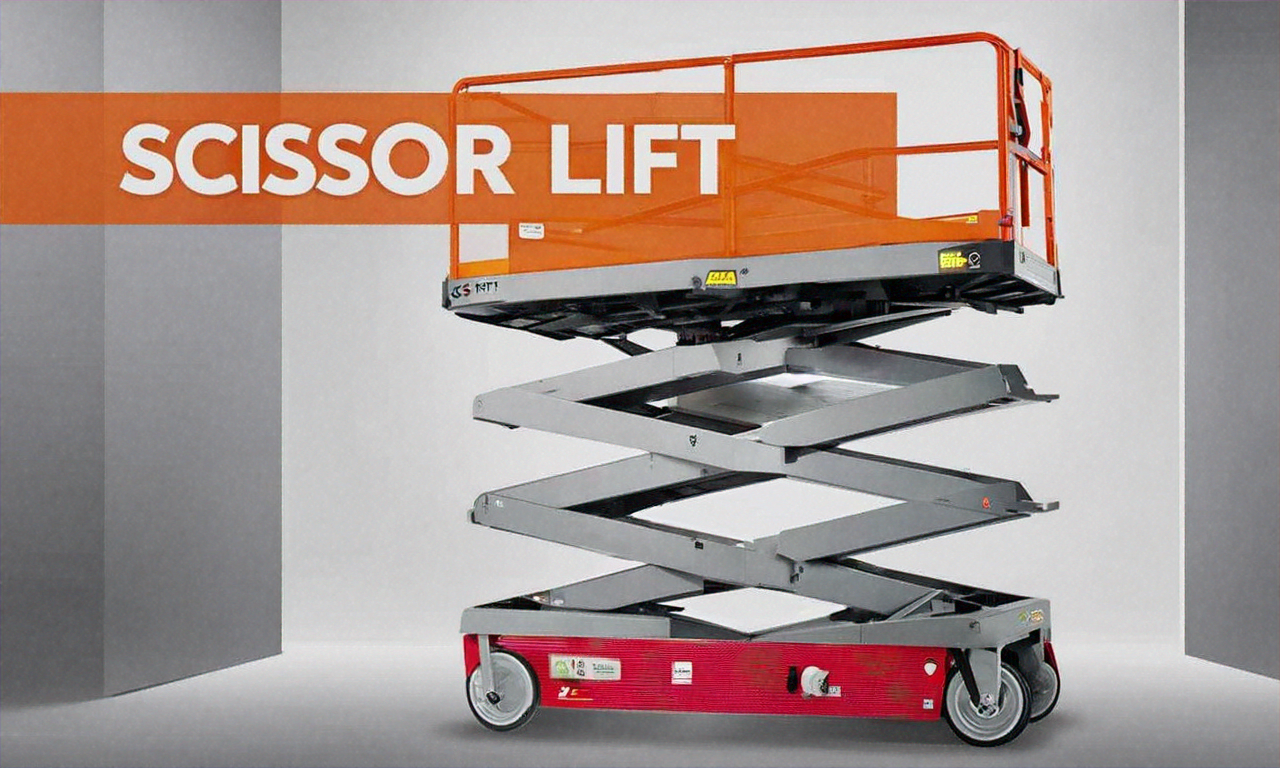Electric Scaffolding Lifts: Your Complete Guide to Safe Vertical Access
Electric scaffolding lifts have revolutionized how construction professionals, maintenance crews, and facility managers approach vertical work tasks. These versatile machines combine the stability of traditional scaffolding with the mobility and efficiency of powered lift systems, making them essential equipment for projects requiring safe, reliable access to elevated work areas.

How Do Electric Scaffolding Lifts Work for Vertical Access?
Electric scaffolding lifts operate through a sophisticated system of electric motors, hydraulic cylinders, and mechanical components that work together to provide smooth vertical movement. The primary mechanism involves an electric motor that powers a hydraulic pump, which generates the pressure needed to extend or retract telescoping mast sections or scissor mechanisms.
The lift’s base unit houses the power source, typically a rechargeable battery system or direct electrical connection, along with the control electronics and safety systems. When operators activate the lift controls, electrical signals trigger the hydraulic system to move the platform vertically along guided rails or scissor arms. This design ensures stable, controlled movement while maintaining the platform’s level position throughout the lifting range.
Most electric scaffolding lifts feature self-leveling technology that automatically adjusts for minor ground irregularities, ensuring the work platform remains horizontal even on slightly uneven surfaces. The electric drive system also enables precise positioning, allowing workers to achieve exact working heights for detailed tasks.
What Are the Key Platform Height and Load Capacity Features?
Platform height capabilities vary significantly across different electric scaffolding lift models, typically ranging from 10 feet to over 40 feet for standard units. Professional-grade models often feature working heights extending beyond 50 feet, making them suitable for multi-story construction projects and high-ceiling maintenance work.
Load capacity represents another critical specification, with most electric scaffolding lifts designed to support between 500 and 1,500 pounds of combined weight, including workers, tools, and materials. Heavy-duty models can accommodate loads exceeding 2,000 pounds, though operators must always verify actual capacity ratings for specific equipment.
Platform dimensions also play a crucial role in determining lift suitability for particular applications. Standard platforms typically measure between 4x6 feet and 6x8 feet, providing adequate space for multiple workers and equipment. Some models offer expandable platforms or removable guardrails to accommodate oversized materials or specialized work requirements.
The relationship between platform height and load capacity follows engineering principles where higher elevations may require reduced load limits to maintain stability and safety margins. Manufacturers provide detailed load charts specifying maximum capacities at various heights, ensuring operators can make informed decisions about equipment limitations.
What Safety Functions and Control Mechanisms Are Available?
Modern electric scaffolding lifts incorporate multiple layers of safety systems designed to protect operators and bystanders. Emergency stop buttons, prominently positioned on both ground-level and platform controls, immediately halt all lift functions when activated. These systems typically require manual reset procedures to resume normal operation, preventing accidental reactivation.
Tilt sensors represent another essential safety feature, automatically stopping lift movement if the unit detects excessive tilting or unstable positioning. Most systems also include overload protection that prevents operation when weight limits are exceeded, protecting both equipment and personnel from dangerous situations.
Ground-based and platform-mounted control systems provide redundant operation capabilities, allowing supervisors to maintain oversight while enabling workers to make fine positioning adjustments. Many models feature proportional controls that vary lift speed based on input pressure, enabling precise movements for delicate positioning tasks.
Additional safety mechanisms include automatic descent systems that slowly lower platforms in case of power failure, battery charge indicators that warn of low power conditions, and motion alarms that alert nearby personnel when the lift is in operation. Some advanced models also incorporate proximity sensors that detect obstacles and automatically stop movement to prevent collisions.
Comparing Electric Scaffolding Lift Providers and Costs
Several established manufacturers dominate the electric scaffolding lift market, each offering distinct advantages for different applications. Understanding provider options and associated costs helps project managers make informed equipment decisions.
| Provider | Model Type | Working Height | Load Capacity | Daily Rental Cost |
|---|---|---|---|---|
| JLG Industries | Scissor Lift | 20-40 feet | 500-1,500 lbs | $200-400 |
| Genie | Vertical Mast | 15-35 feet | 650-1,000 lbs | $180-350 |
| Skyjack | Scissor Platform | 18-32 feet | 500-1,250 lbs | $190-380 |
| Haulotte | Self-Propelled | 16-38 feet | 600-1,400 lbs | $210-420 |
Prices, rates, or cost estimates mentioned in this article are based on the latest available information but may change over time. Independent research is advised before making financial decisions.
Rental costs typically vary based on equipment specifications, rental duration, and regional market conditions. Weekly and monthly rental rates often provide significant savings compared to daily rates, with some providers offering up to 30% discounts for extended rentals. Purchase prices for new electric scaffolding lifts range from $15,000 for basic models to over $75,000 for high-capacity, feature-rich units.
Maintenance and Operational Considerations
Proper maintenance ensures electric scaffolding lifts operate safely and efficiently throughout their service life. Regular inspection schedules typically include daily pre-use checks, weekly detailed inspections, and comprehensive monthly maintenance procedures. Battery systems require particular attention, with proper charging cycles and storage conditions essential for maximizing battery life and performance.
Operational training represents another crucial aspect of electric scaffolding lift use. Most jurisdictions require certified operators, with training programs covering equipment operation, safety procedures, hazard recognition, and emergency response protocols. These certifications typically require renewal every three to five years, ensuring operators maintain current knowledge of safety standards and best practices.
Electric scaffolding lifts offer superior solutions for vertical access challenges across numerous industry applications. Their combination of safety features, operational flexibility, and cost-effectiveness makes them indispensable tools for modern construction and maintenance projects. Understanding key specifications, safety systems, and provider options enables informed decision-making that enhances both project efficiency and worker safety. Proper training, maintenance, and operation ensure these valuable machines continue delivering reliable service while maintaining the highest safety standards.




